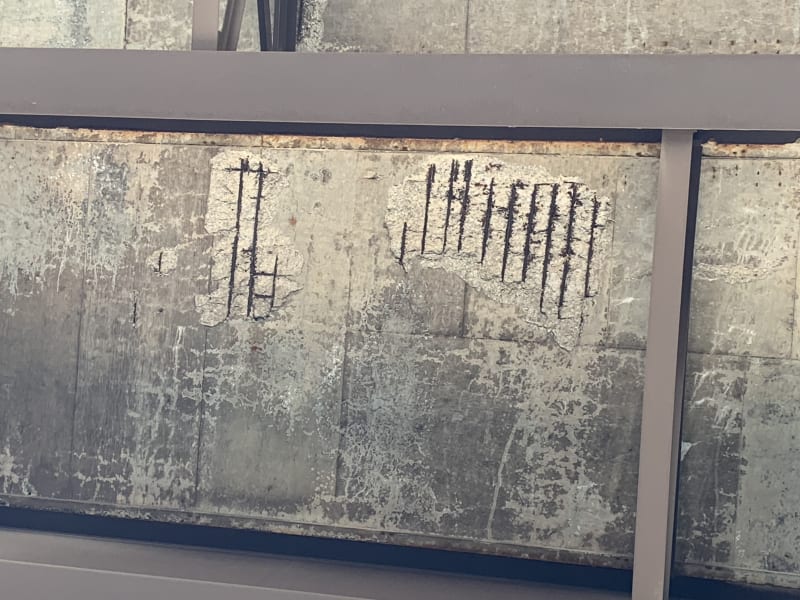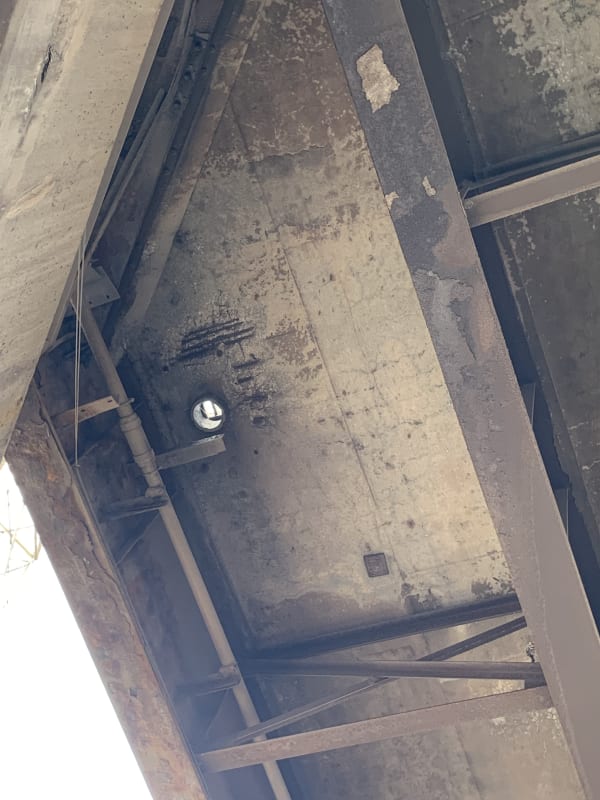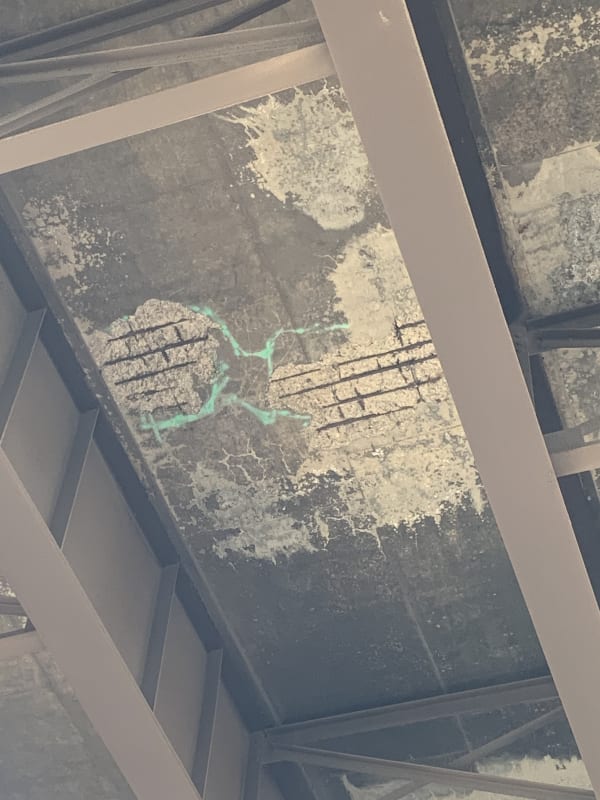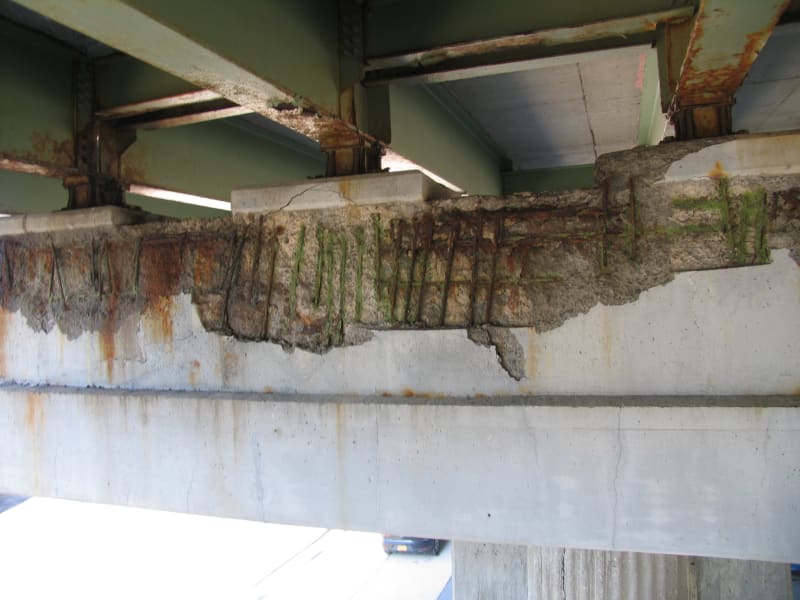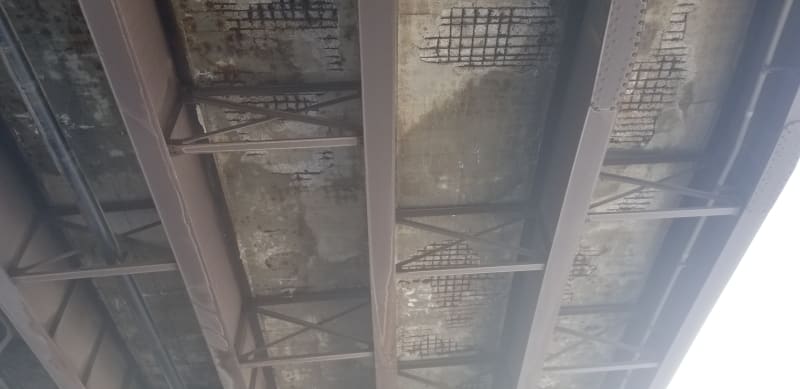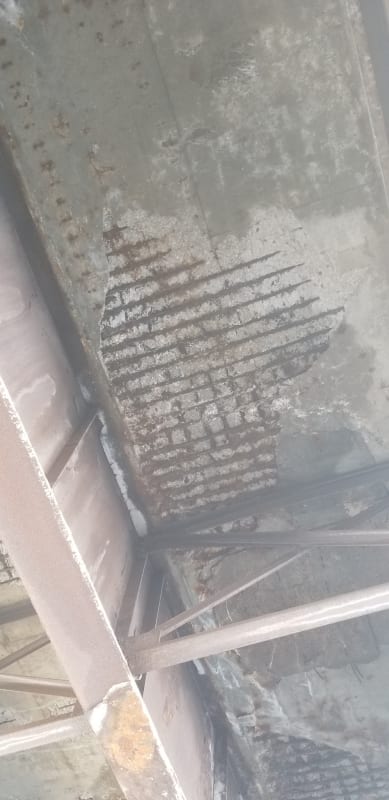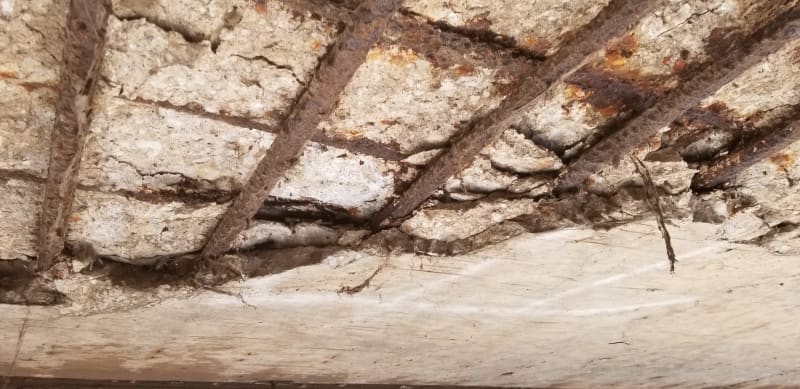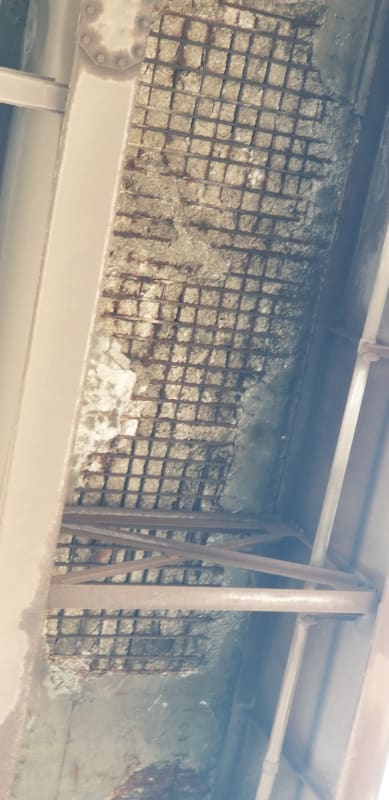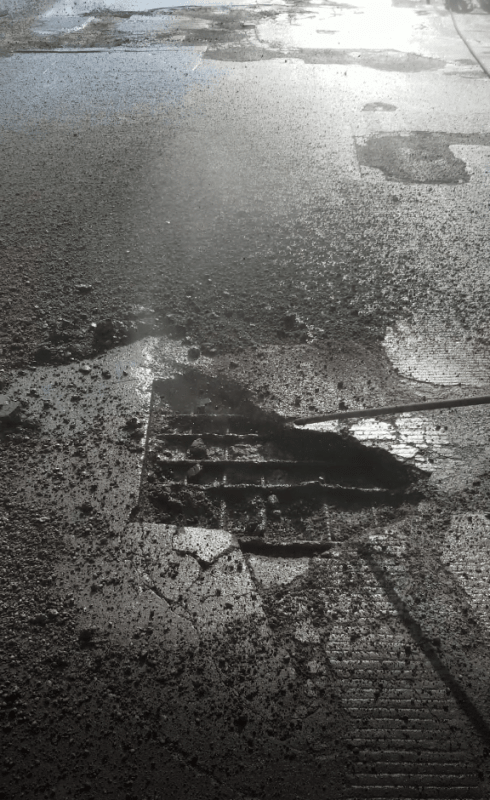There have been some experimental work done using GPR to identify defects but almost never used in practice because it does not seem to effectively detect locations of concrete delaminations (i.e. actually hollow upon sounding with a hammer). Since you have a huge area to cover and review, it's definitely worth adding chloride content testing, carbonation testing, and petrographic analysis of cores to your materials testing plan for this bridge in addition to the half cell testing proposed above. The petrographic analysis can determine other defects contributing to the damage such as ASR, inadequate air content, and other issues with the cement matrix.
Some of those soffit photos you shared are very concerning to be honest. I don't think the typical chain-dragging from above (then assuming somethings similar is going on below) is sufficient. I think you really need to get in close to a lot of the soffit areas even if it is time consuming and expensive to gan access. I would also pick a number of the worst spots where you have a Contractor fully remove the corrosion from the bottom bars in the short direction using sand blasting or wire brushing. If you have multiple adjacent flexural bars with over 25% section loss at mid span, you probably have a compromised slab structure at those locations. At which point, I think you should raise a lot more red flags with the governing agency.
It appears from the one close up photo that the delaminations continue beyond the bottom mat and the concrete beyond looks weak/crumbly. I would be very careful accepting to do any sort of field exploration less than the stuff I and others have stated above. If you find a lot of structurally compromised portions, the discussion you're having with them shouldn't be "how do we do half ass repairs in the best way now to reduce costs?", it should be "how soon can we do structural repairs to avoid shutting portions of the bridge down next month or next year?".
I'm also assuming that you have a solid background in concrete deterioration and repair. If not, you should definitely have someone come on board that does. Concrete deterioration and investigation is very finicky. I would love to see the day when we can have a laser scanner device that scans the whole thing in half a day and tells us exactly what's wrong with it and where to do repairs in the most optimized way. Until then, when you are designing and consulting on partial repairs/restoration instead of full complete repairs, you are essentially taking on some of the risk of the unrepaired areas. Areas which may be in much worse condition than you know because it may not have been included in your survey sampling of the deck.
